The Mitsubishi M-Series HVAC system represents a remarkable advancement in heating and cooling technology, offering unmatched versatility and efficiency for both residential and commercial spaces. This innovative system is designed to provide precise climate control, ensuring year-round comfort while prioritizing energy savings. With its zoning capabilities, the M-Series allows users to customize temperature settings for individual rooms, optimizing comfort and efficiency. Whether it’s a scorching summer day or a frigid winter night, the Mitsubishi M-Series HVAC system delivers consistent performance, all while reducing environmental impact. Its sleek and compact design also ensures minimal visual intrusion, making it an ideal choice for those seeking a discreet and powerful climate control solution. Whether you’re looking to upgrade your existing HVAC system or embark on a new construction project, the Mitsubishi M-Series promises exceptional comfort, energy efficiency, and environmental responsibility.
Some of the features of the Mitsubishi M-Series heat pumps include:
- High Efficiency: The M-Series heat pumps are designed to deliver high-efficiency heating and cooling, reducing energy costs and saving money on utility bills.
- Quiet Operation: The heat pumps feature advanced sound-proofing technology, making them among the quietest heat pumps on the market.
- Zone Control: The heat pumps can be equipped with multi-zone control systems, allowing for individual temperature control in multiple rooms or areas.
- Advanced Features: The M-Series heat pumps come with advanced features such as programmable thermostats, remote control, and air filtration systems.
- Environmentally Friendly: The heat pumps use refrigerant that is environmentally friendly, reducing their impact on the environment.
- Durable Design: The M-Series heat pumps are built to last, with durable construction and advanced components designed to withstand the elements and provide reliable performance for years to come.
In conclusion, the Mitsubishi M-Series heat pumps are known for their high efficiency, quiet operation, and advanced features, making them a popular choice for residential and commercial heating and cooling applications.

Mitsubishi M-Series History
The Mitsubishi M-Series line of heat pumps is a distinguished product line manufactured by Mitsubishi Electric, a prominent and trusted name in the realm of heating, ventilation, and air conditioning (HVAC) systems. With a production history spanning several decades, the M-Series has firmly established itself as a symbol of excellence, known for its high efficiency, quiet operation, and cutting-edge features.
Mitsubishi Electric’s commitment to innovation and improvement has been a driving force behind the M-Series line’s enduring success. Over the years, the company has consistently introduced enhancements and refinements to address the evolving needs of homeowners and building owners. These enhancements have encompassed various aspects, including achieving higher efficiency ratings, implementing superior soundproofing techniques, and introducing more advanced zone control systems.
In the present day, Mitsubishi M-Series heat pumps have garnered widespread recognition and adoption in both residential and commercial applications. Their reputation as reliable, efficient, and feature-rich HVAC systems remains unrivaled. Whether it’s the quest for a dependable residential heating and cooling solution or the need for efficient climate control in commercial settings, Mitsubishi M-Series heat pumps stand as the preferred choice for those who prioritize quality and comfort. As the HVAC landscape continues to evolve, Mitsubishi Electric’s commitment to innovation ensures that the M-Series remains at the forefront of the industry, offering efficient and comfortable heating and cooling solutions that meet the ever-changing demands of modern living.
Alternative Mitsubishi Heat Pumps
In addition to the renowned Mitsubishi M-Series heat pumps, Mitsubishi Electric offers a range of alternative heating and cooling solutions to cater to diverse needs and applications. These alternatives not only showcase the brand’s commitment to innovation but also address specific requirements, making them suitable for various settings and climates.
Mitsubishi Electric Hyper Heat Pumps: For those residing in regions with extreme temperatures, the Mitsubishi Electric Hyper Heat Pumps represent an ideal solution. Engineered to excel even in the harshest weather conditions, this series delivers high-efficiency heating and cooling performance. Whether you’re battling bitter cold winters or scorching summers, these hyper heat pumps provide reliable comfort throughout the year. Their ability to maintain efficiency in extreme conditions is a testament to Mitsubishi Electric’s dedication to meeting the demands of homeowners and businesses in challenging climates.
Mitsubishi Electric Ductless Mini-Split Systems: When it comes to smaller spaces or locations where traditional ductwork installation is impractical, Mitsubishi Electric Ductless Mini-Split Systems shine as an excellent choice. Designed with flexibility in mind, these heat pumps offer efficient heating and cooling without the need for ductwork. They are particularly well-suited for homes and buildings with limited space or unique temperature control requirements. The ease of installation and zoning capabilities make them a versatile solution for achieving individualized comfort in different areas of a building.
Mitsubishi Electric City Multi Heat Pumps: Stepping into the commercial and large residential realm, the Mitsubishi Electric City Multi Heat Pumps are engineered to meet the advanced needs of these applications. Offering a host of advanced features and high-efficiency operation, this series is tailored for larger-scale projects. Whether it’s a sprawling office complex or a sizable residential community, City Multi Heat Pumps provide reliable and energy-efficient heating and cooling solutions, ensuring that comfort and efficiency are never compromised.
In conclusion, Mitsubishi Electric’s portfolio of alternative heat pumps extends beyond the well-known M-Series, catering to a wide range of requirements and environments. Whether you need extreme-weather performance, ductless solutions for small spaces, or advanced heating and cooling capabilities for commercial and large residential projects, Mitsubishi Electric’s diverse lineup of heat pumps delivers on the promise of efficiency, reliability, and comfort.
How Do We Install a Mitsubishi M-Series Heat Pump?
Installing a Mitsubishi M-Series heat pump typically requires a licensed HVAC contractor with experience in installing heat pumps. The installation process can vary depending on the specific model and your home or building’s heating and cooling needs, but in general, the following steps are involved:
- Site Assessment: The HVAC contractor will assess the site to determine the best location for the outdoor unit and indoor air handling units.
- Preparation: The contractor will prepare the site by installing brackets or supports for the outdoor unit and running the necessary electrical and refrigerant lines.
- Outdoor Unit Installation: The outdoor unit is installed and connected to the indoor air handling units.
- Indoor Unit Installation: The indoor air handling units are installed in the desired locations and connected to the outdoor unit.
- Refrigerant Charging: The refrigerant lines are charged with the appropriate amount of refrigerant.
- Electrical Connections: The electrical connections are made and the system is tested to ensure it is operating correctly.
- Final Adjustments: The contractor will make any final adjustments necessary to ensure optimal performance and efficiency.
It is important to note that the specific installation process may vary depending on the model and the complexity of your heating and cooling system. It is recommended to work with a licensed HVAC contractor who has experience installing Mitsubishi heat pumps to ensure a successful and efficient installation.
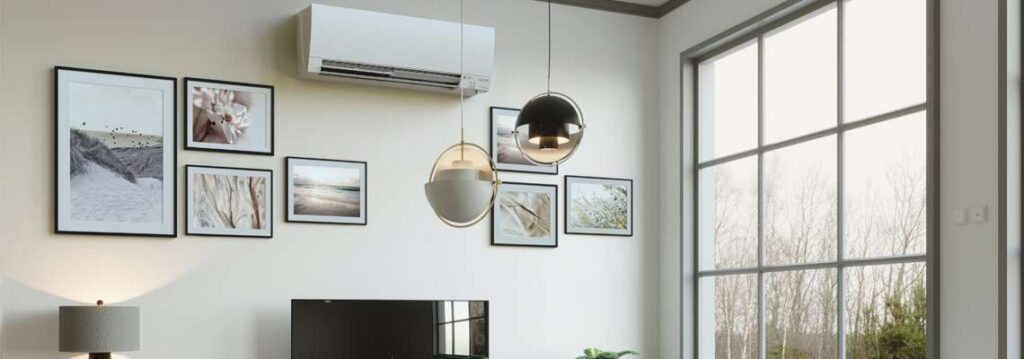
An Unwavering Commitment
In conclusion, the Mitsubishi M-Series stands as a testament to Mitsubishi Electric’s unwavering commitment to excellence in the realm of HVAC technology. With a rich history of innovation and evolution, the M-Series has consistently delivered high-efficiency, quiet operation, and cutting-edge features to meet the ever-changing needs of homeowners and building owners. Its exceptional energy efficiency, zoning capabilities, and environmental responsibility make it a standout choice for those seeking precise climate control in both residential and commercial settings. As it continues to evolve and adapt to the demands of modern living, the Mitsubishi M-Series remains a symbol of reliability, efficiency, and enduring comfort, solidifying its position as a premier HVAC solution for those who prioritize quality and sustainability in their heating and cooling systems.

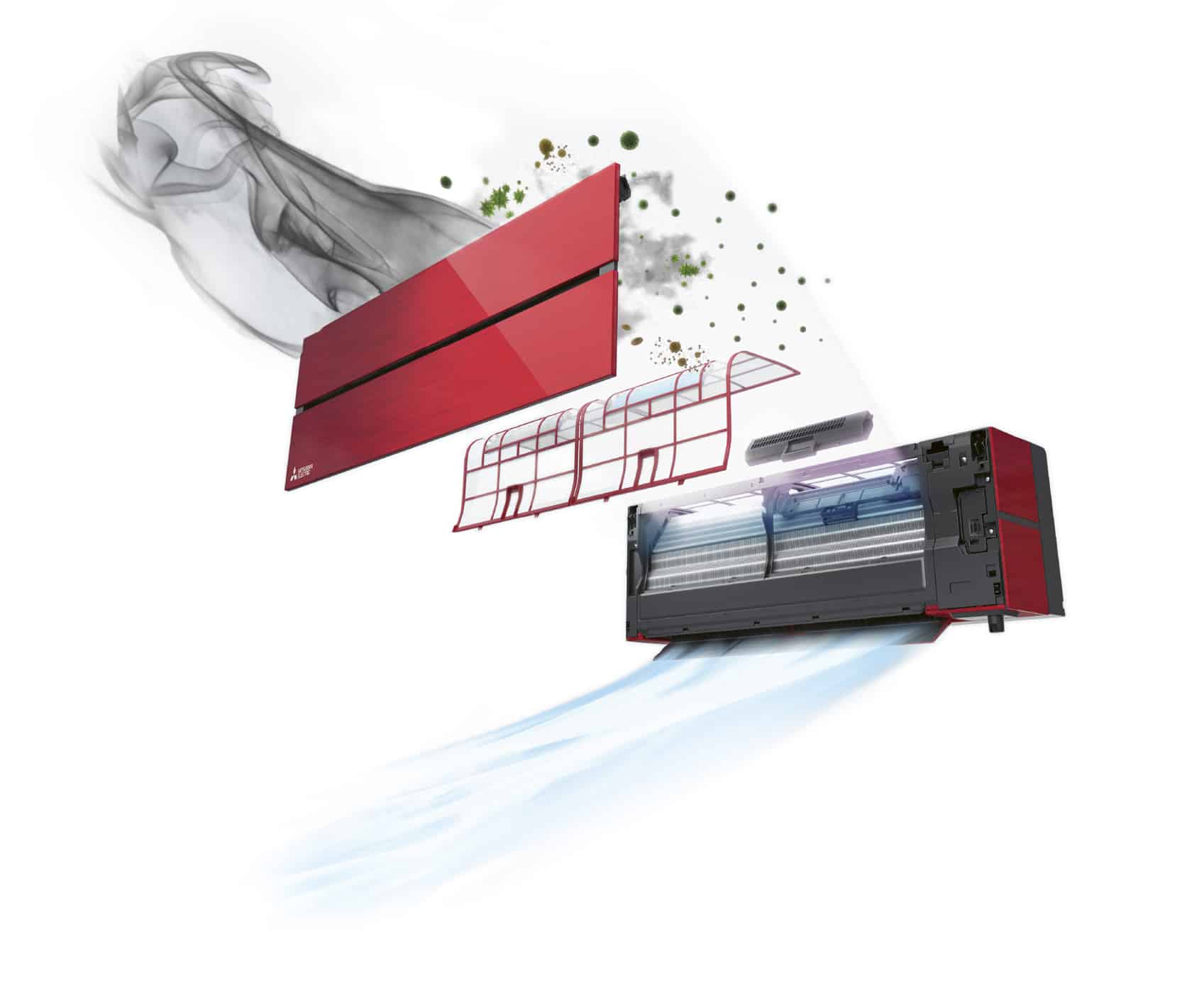
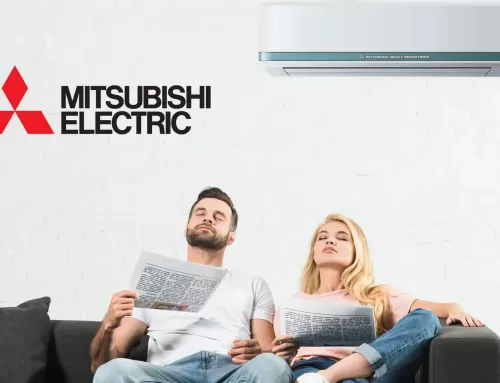
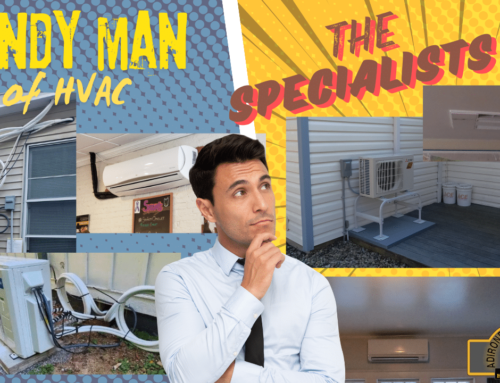
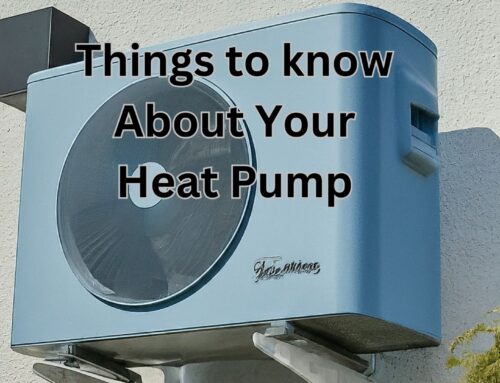

Leave A Comment